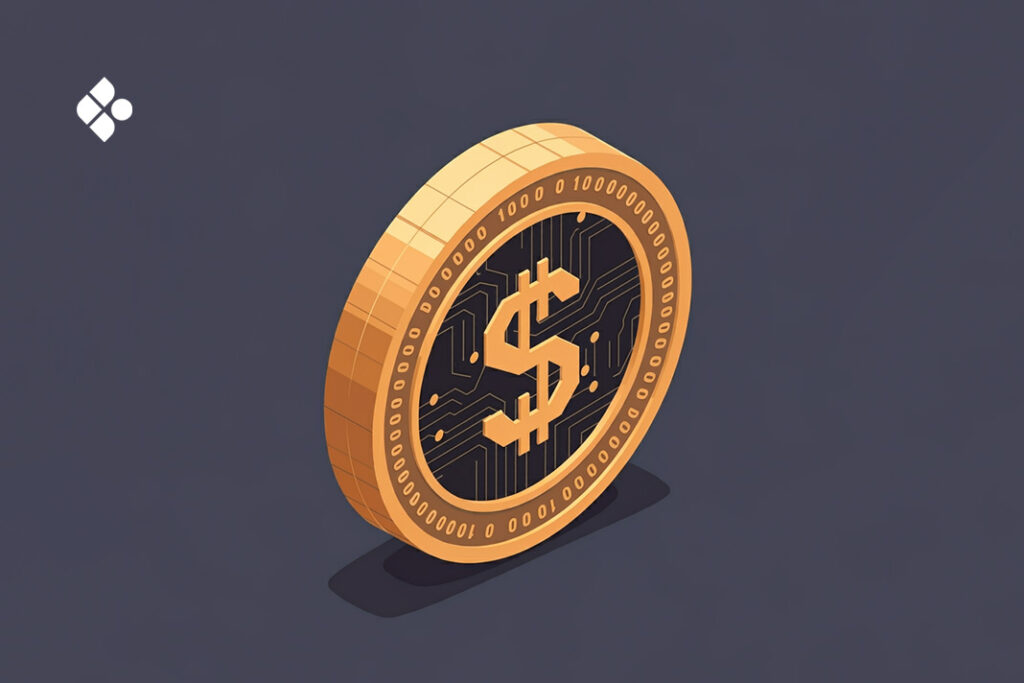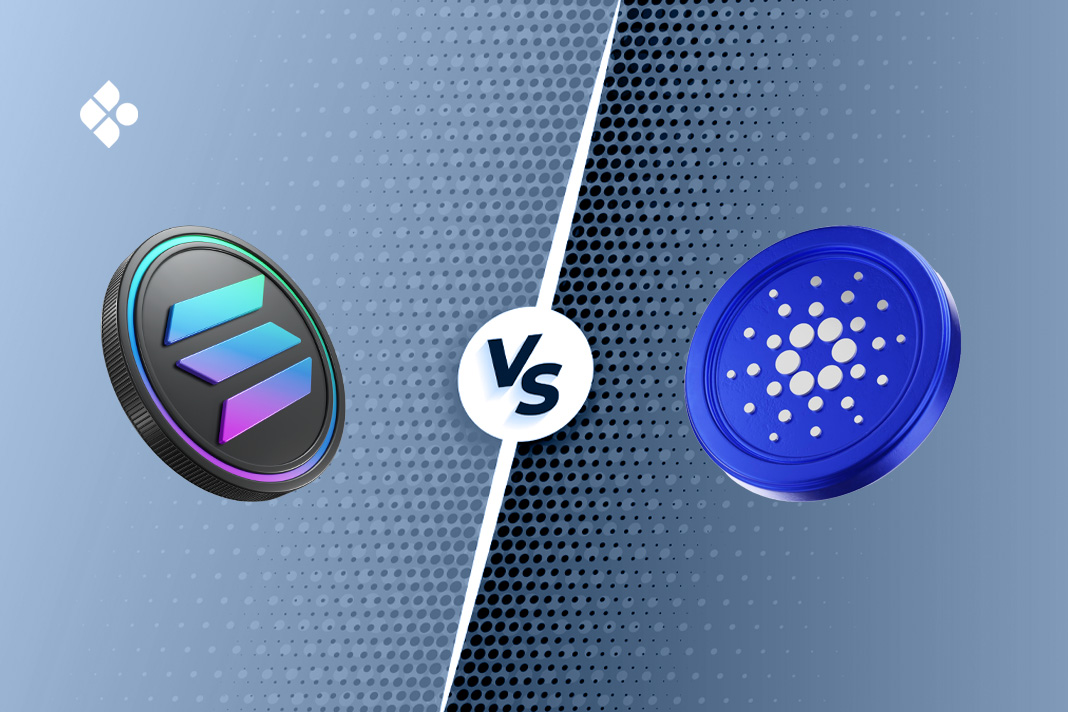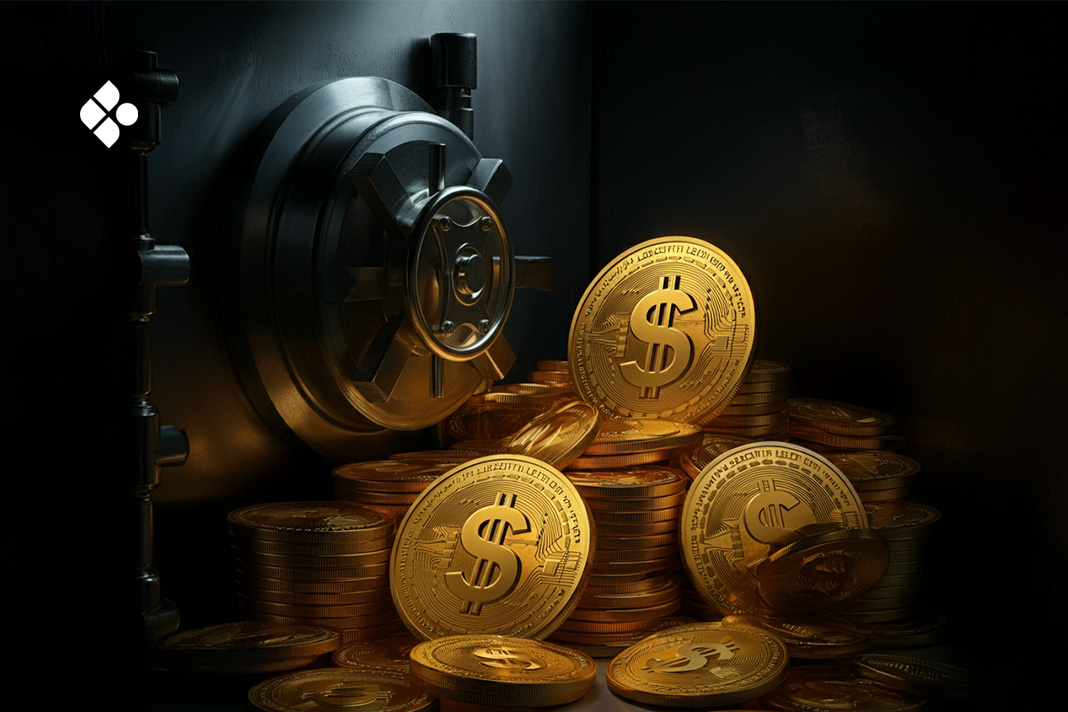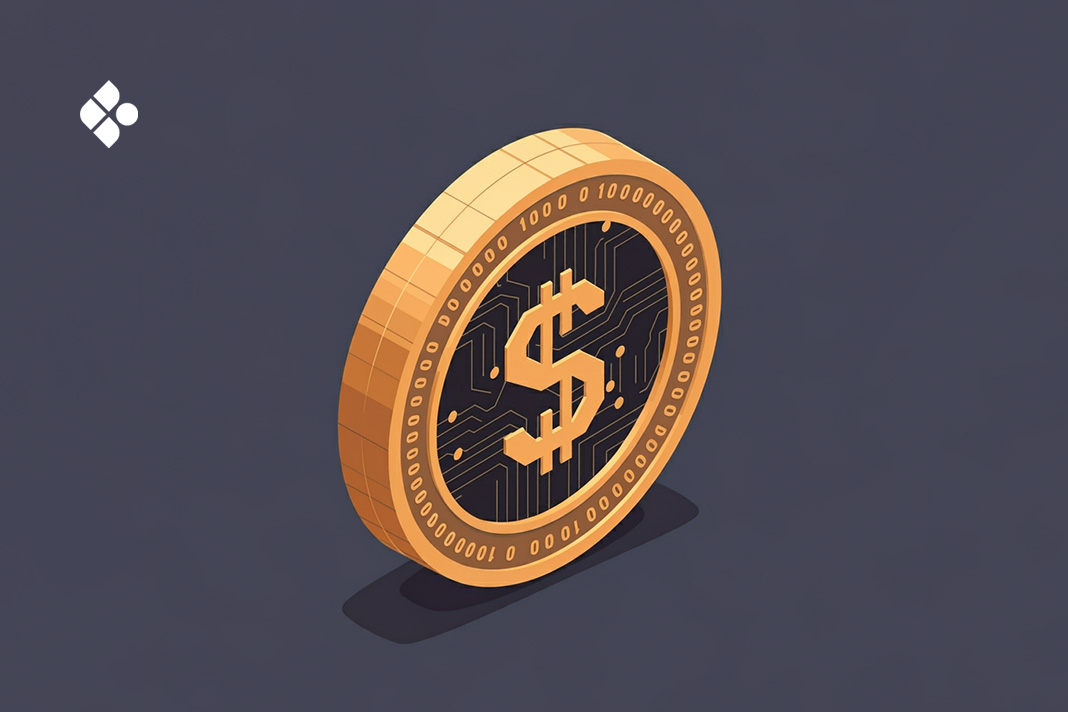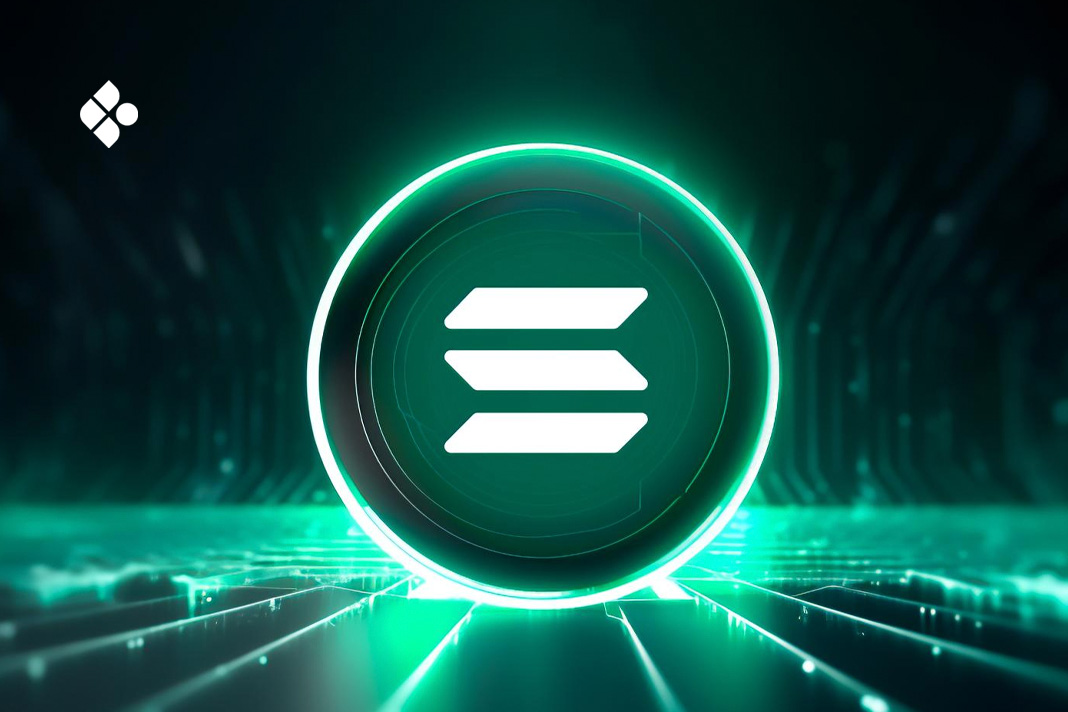With over $25 billion in circulation and adoption by major financial institutions, USDC has emerged as a cornerstone of digital finance. But what lies ahead for this leading stablecoin? What is its future and how does it affect DeFi?
The cryptocurrency world is fast evolving and many people are investing in crypto. For one thing, it is very volatile, which means that the prices of different crypto coins may fluctuate over time. This is why there are gains and losses in crypto. This is also why people choose to invest in stablecoins.
Before going on to discuss USDC, let’s know what stablecoins are!
What are Stablecoins?
Stablecoins are cryptocurrencies designed for price stability, pegging their value to real-world assets, including the U.S. Dollar, commodities like gold, or other cryptocurrencies. Unlike cryptocurrencies like Bitcoin or Ethereum, they provide a stable store of value.
Popular stablecoins include USDC, USDT, DAI, and BUSD.
Comparison Table of Different Stablecoins:
| Feature | USDC | USDT | DAI | BUSD |
| Peg | 1:1 USD | 1:1 USD | Crypto-backed | 1:1 USD |
| Issuer | Circle | Tether | Maker DAO | Binance |
| Reserves | Cash, Treasuries | Mixed assets | Crypto collateral | Cash, Treasuries |
| Transparency | Monthly audits | Limited | On-chain | Monthly audits |
| Blockchain | Ethereum, Solana | Ethereum, Tron | Ethereum | Ethereum, BNB |
What Is USDC?
USDC, short for USD Coin, is a stablecoin created by Circle, pegging the price of each token to a dollar. The token is backed by one dollar at Circle’s reserves for each USDC.
As of February 13, 2025, USDC reserves are composed of approximately 23% U.S. Treasuries, 63% repurchase agreements, and 14% cash. These reserves are held in custody by The Bank of New York Mellon and managed by BlackRock through the Circle Reserve Fund, an SEC-registered government money market fund. This structure ensures maximum security and liquidity for USDC holders.
Although USDC has occasionally suffered from depeg events, it is, more often than not, for a short time frame before it returns to its pegged value.
USDC’s Regulatory Compliance
USDC’s stability is backed by strict regulatory adherence, including:
- Monthly attestations by Grant Thornton LLP, ensuring the 1:1 dollar backing of USDC.
- Regular audits of reserve assets to maintain transparency.
- State-level money transmitter licenses, ensuring regulatory adherence across jurisdictions.
These measures reinforce USDC’s credibility as a secure and trustworthy stablecoin.
Introduction to the concept of DeFi
DeFi is short for Decentralised Finance. It refers to every route taken by Web3 builders to launch traditional finance services like lending, borrowing, and trading to the blockchain and Web3 ecosystem.
DeFi entails using a decentralised model powered by smart contracts rather than centralised bodies like the bank or the government. These smart people carry it functions automatically when preprogrammed conditions are met.
The most popular DeFi platforms are Aave, Compound and Uniswap.
USDC’s Role in the DeFi Ecosystem
As a result of its stability, USDC is used in many different aspects of DeFi. Some of these include:

- Collateral: USDC is used as reliable loan collateral in many DeFi lending and borrowing platforms, such as Aave and Compound, because it does not drop in value.
- Liquidity in Decentralised Exchanges: USDC, due to its stable nature, is usually used to provide liquidity for crypto trades in decentralised exchanges.
- Derivative Trading: With about $1 billion of USDC locked in various derivative protocols on the DeFi space, USDC is heavily used in trading derivatives linked to other assets like futures and options.
- Automated Market Makers: AMMs are protocols that let users trade cryptocurrency without traditional intermediaries. USDC brings its stability into AMM trading pairs for easy measure of value and to avoid sudden price fluctuations
USDC vs. Traditional Banking
While traditional banks handle cross-border payments, loans, and savings with significant fees and delays, USDC simplifies these processes through blockchain technology.
Key differences include:
- Speed: USDC transactions settle in seconds, compared to days for bank transfers.
- Cost: Blockchain-based transfers reduce fees compared to traditional banking systems.
- Accessibility: USDC enables anyone with an internet connection to participate in DeFi services.
USDC’s Cross-Border Payments
One of USDC’s most practical use cases is its role in cross-border payments. Businesses and individuals can send and receive payments globally, bypassing traditional banking systems and avoiding high transaction fees.
For example:
- Remittances: Sending money across borders becomes faster and cheaper with USDC.
- Business Transactions: Cross-border B2B payments can settle within minutes instead of days.
- Freelancer Payments: Remote workers can receive payments without intermediaries.
USDC Security Features
USDC maintains user confidence by employing multiple security layers:
- Blockchain Diversity: To enhance accessibility, USDC operates on several blockchain networks, including, Ethereum, Solana, Algorand, etc.
- Reserve Composition: Currently, USDC’s reserves is made up of 30% cash and 70% U.S. bonds, to ensure security and liquidity.
- Smart Contract Audits: Regular audits ensure USDC smart contracts remain secure against vulnerabilities.
Real-World Use Cases for USDC
USDC extends beyond DeFi, serving practical purposes like:
- Cross-Border Business Payments: Instant international payments with reduced costs.
- Retail Payment Solutions: Merchants accepting USDC for goods and services.
- Corporate Treasury Management: Companies holding USDC as a hedge against fiat inflation.
- DeFi Lending and Borrowing: Reliable collateral for DeFi loans.
Challenges Facing Stablecoins in DeFi
Even though stablecoins play a key role in DeFi, they also have their challenges.
- Regulatory Scrutiny: Governments impose strict regulations to protect local currencies.
- Centralization Risks: Issuers like Circle can freeze assets if required by authorities. In 2020, Circle froze $100,000 worth of USDC linked to an account following a request from law enforcement.
- Pegging Risks: Though rare, stablecoins can briefly lose their peg during market volatility.
Expert Predictions:
According to Jeremy Allaire, CEO of Circle, USDC is positioned to become the leading global stablecoin by 2025, driven by increasing adoption and regulatory clarity.
Frequently Asked Questions About The Future of USDC in DeFi
Is USDC safe to use?
Yes, USDC is safe. It’s fully backed by cash and U.S. Treasury bonds, with monthly audits ensuring transparency and security.
How is USDC different from USDT?
USDC is more transparent, with regular audits and reserves held mostly in cash and U.S. Treasury bonds. On the other hand, while USDT has faced scrutiny over its reserve transparency, it remains the most widely adopted stablecoin, with higher liquidity, fewer audits and broader trading pairs across global exchanges.
What backs USDC?
USDC is backed 1:1 by U.S. dollars and short-term Treasury bonds, held by regulated U.S. financial institutions.
Is USDC truly stable?
Although USDC is backed by the dollar, it is still possible that it briefly loses its peg depending on regulatory market forces, as has been seen in past depeg events. However, compared to other cryptocurrency, it is very stable.
How do I convert my USDC to cash?
You can easily convert USDC to cash by using cryptocurrency exchanges that offer payment in your local currency.
For users in Nigeria and Ghana, Breet delivers in Naira and Cedis. The basic steps are:
- Sign up on the Breet website.
- Complete your KYC.
- Note your USDC wallet address and the cryptocurrency network on Breet.
- Send your USDC tokens to your Breet USDC address.
- Request a withdrawal to your local bank account.
Conclusion
USDC and other stablecoins are very important in the DeFi ecosystem. They make it easy and safe to lend, trade, and move money around. There are still some problems, like rules from governments and control by a few companies (regulation and centralization). However, USDC is open and reliable, making it strong for the future of DeFi.
As stablecoins get better, they will become even more important and help DeFi advance.
Conclusion
Stablecoins like USDC and USDT hold the DeFi ecosystem together. They provide stability in an otherwise extremely volatile market. Use cases in lending, liquidity provision, and derivative trading demonstrate how important stablecoins have become to decentralised finance. Innovations like ERC-4337 and cross-chain compatibility, paired with the security of well-backed stablecoins like USDC, are pushing the limits of what is possible with DeFi.
While problems like heavy regulatory monitoring and centralisation risks exist, USDC’s resiliency and transparency position it for future expansion. The continued evolution of stablecoins will likely shape the future of DeFi, cementing their importance as the technology matures and advances.
